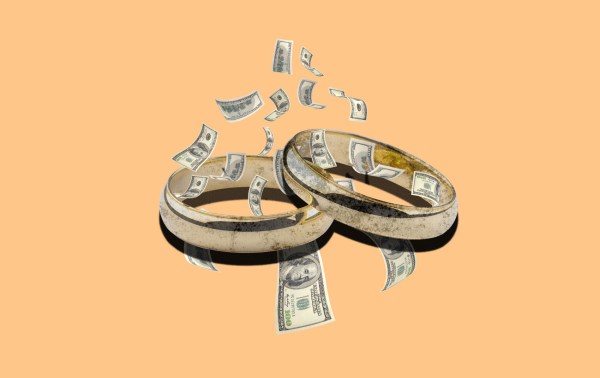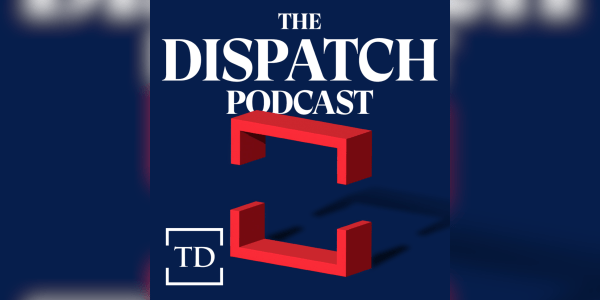Gail Collins, one of the most tedious repeaters of cheap partisan talking points in the business, has some thoughts about Social Security.
In one of her regular New York Times conversations with Bret Stephens—the asymmetry in partisanship is dramatic—Collins says:
[M]y top priority for fixing government finances is to get the rich to pay their fair share of Social Security taxes. … Right now, the Social Security tax cap is so low that anybody who’s made a million dollars or more this year has already maxed out. You and I are getting taxed right now, but Elon Musk isn’t.
This is, of course, nonsense.
It is not the case that anybody who has made $1 million this year (as of May 1) has already maxed out. It is the case that anybody who has made $160,200 has maxed out—because $160,200 is the cap, after which your income is still taxed in all sorts of ways, but not subjected to the payroll tax that, in the great fiction of Washington accounting, “funds” Social Security.
Another way of saying this is that anybody who makes $40,000 a month in income subject to the payroll tax would max out around the beginning of May. That adds up to $480,000 a year—a very comfortable income, to be sure, but not the sort of thing that puts one in the financial company of Elon Musk.
In fact, I would be very surprised if there were not a fair number of people employed by the New York Times who make that much or more. New York magazine put the salary for a high-end columnist at around $350,000, and that was way back in 2000—adjust for inflation and you’re talking about $625,000 a year. (CPI notwithstanding, my guess is that columnist pay is closer to that $350,000 than to $625,000.) If you are a bigfoot New York Times columnist, chances are excellent that you have multiple income streams (salary, academic appointments, paid speeches, book advances and royalties, etc.) that put $480,000 a year well within reach. (Never mind the likelihood of a high-earning spouse being part of the picture, too.) There was a brouhaha over Thomas Friedman getting a $75,000 speech honorarium back in 2009, and Nikole Hannah-Jones is known to command $33,000 per speech, meaning that just five speeches at that rate would put her over the Social Security cap.
So, my guess is that it isn’t just Elon Musk who has hit the cap by May Day. Megan McArdle of the Washington Post once observed that in Washington, “rich” is defined as anything more than two married high-end journalists make.
As class-war rhetoric, Collins’ complaint is imbecilic hypocrisy. As economics, it is worse.
With the cap in place, Social Security is expected to hit insolvency around 2033. Without the cap, Social Security would be expected to hit insolvency around 2046. That isn’t really a world-changing improvement—insolvency will remain on the foreseeable timeline, not off in some hypothetical future, and any serious economic analysis will take that foreseeable insolvency into account.
Ending the cap will not save Social Security—or straighten out the overall budget—because the chasm between what we spend and what we collect in taxes is very large. Ending the payroll cap would mean, in effect, a 6.2 percent tax increase on some portion (in many cases, a very small portion) of the 6 percent or so of workers who earn enough to hit the cap. A modest tax increase on the highest-earning Americans will not stabilize federal finances, and the deficit is driven by much more than Social Security.
About that “fair share,” though . . .
As it stands, those with above average incomes pay essentially all of the federal income tax—the top 50 percent pays 98 percent of the income tax, and the top 1 percent pays 42 percent of the income tax, which is about twice its share of income. People who talk about “fair share” never talk about what the share actually is: In reality, whether you break out the top 1 percent, the top 10 percent, the top 20 percent, or the top 50 percent, you will in every case find that the group’s share of federal income tax substantially exceeds its share of income.
On the other side of the ledger, if you look at the combined tax and transfer rate (taxes paid and transfer payments received), then the 20 percent of households with the lowest incomes have an effective tax-and-transfer rate of … negative 127 percent, meaning that the government checks they cash are a lot bigger than any tax checks they write. That isn’t a scandal—that’s how social-welfare programs funded by a progressive income works: Low-income people receive benefits that outweigh what they pay in taxes, and the reverse holds true for the high income.
Where the United States is different from the Scandinavian welfare states our progressive friends profess to admire is in how lightly the middle classes are taxed. Wearing his good-economist hat rather than his wretched-excuse-for-a-columnist hat, Paul Krugman notes: “A fair bit of economics does involve explaining limits and constraints — for example, that you can’t sustain a Denmark-style system of social benefits without something like Denmark-style tax rates.” In practical terms, you’d pay about twice the tax on $100,000 income in Copenhagen or Stockholm that you’d pay in Houston or Jacksonville.
That isn’t necessarily a bad policy—lots of Danes and Swedes (and Norwegians and Icelanders) are perfectly satisfied with how their governments are funded—but we should be clear about how that actually works. Funding progressive dreams doesn’t mean just raising Elon Musk’s taxes, and it doesn’t just mean raising Gail Collins’ taxes, either—it means raising the taxes of the assistant manager at the Whole Foods down the street from the Times, the taxes of the baggage handlers at the airports journalists are always flying through, etc.
It even means raising taxes on junior staffers at the New York Times, one of whom should be up for a nice promotion if he can explain how the federal budget works to Gail Collins after they fire whichever incompetent edits her.







Please note that we at The Dispatch hold ourselves, our work, and our commenters to a higher standard than other places on the internet. We welcome comments that foster genuine debate or discussion—including comments critical of us or our work—but responses that include ad hominem attacks on fellow Dispatch members or are intended to stoke fear and anger may be moderated.
With your membership, you only have the ability to comment on The Morning Dispatch articles. Consider upgrading to join the conversation everywhere.